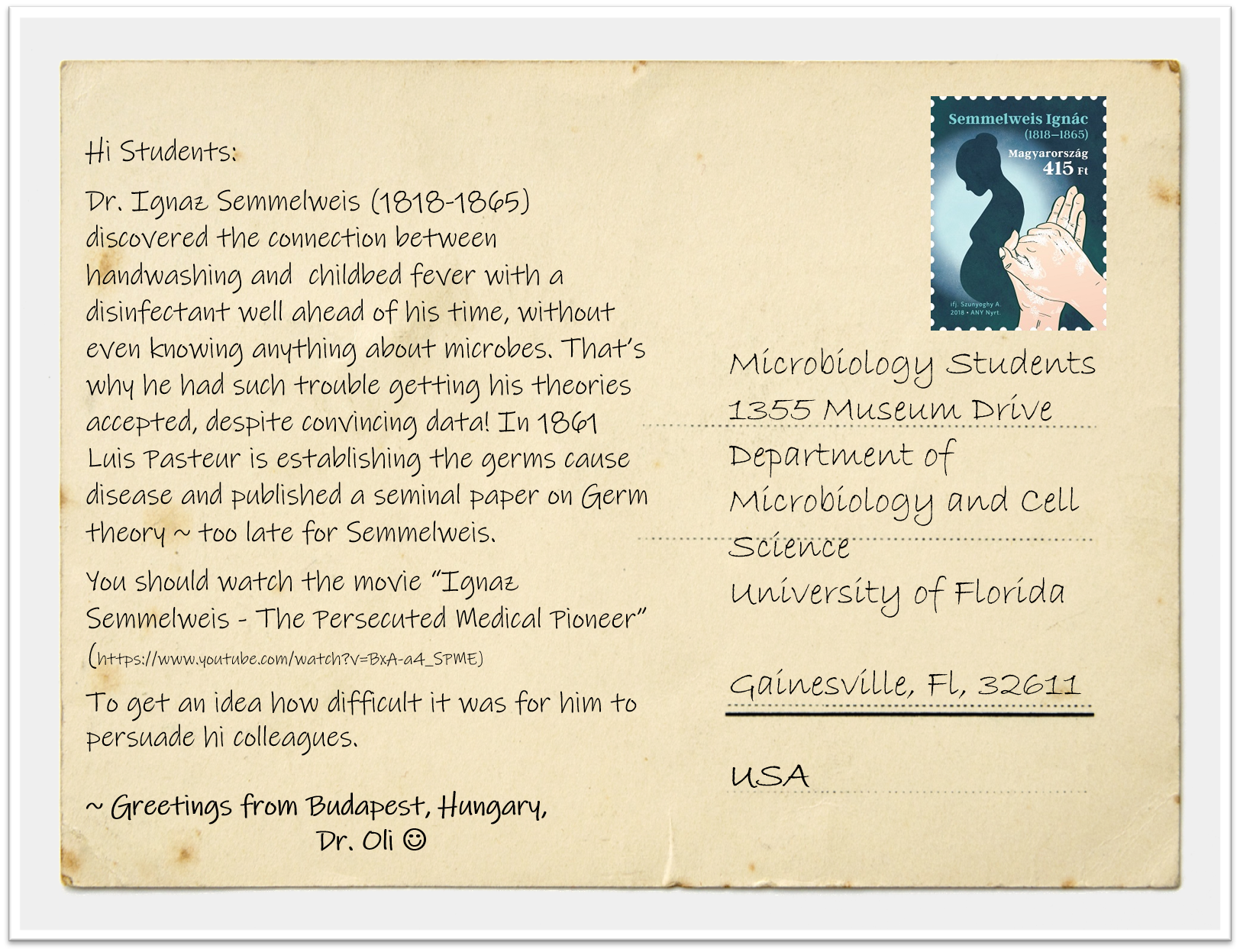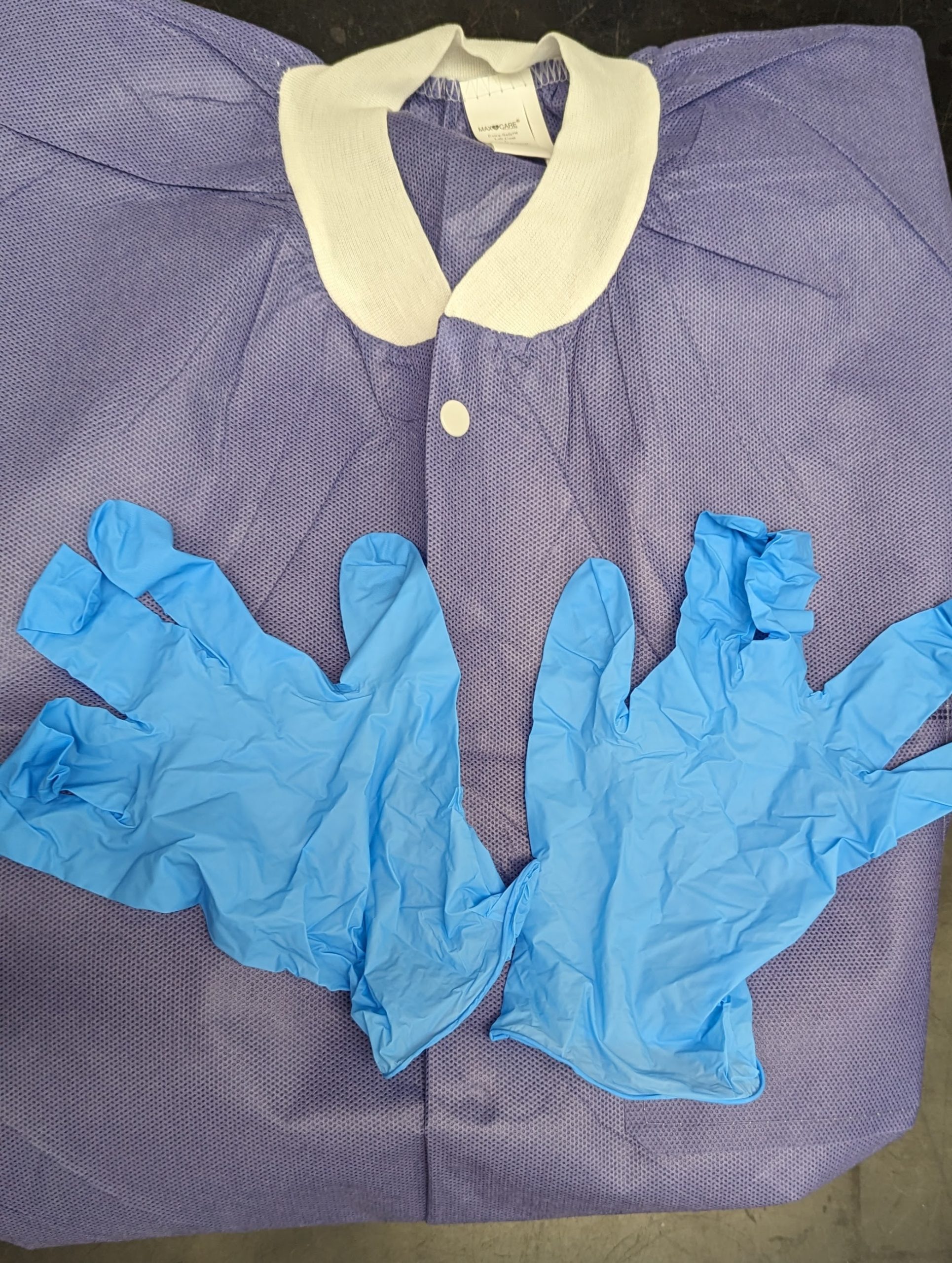Modules – Skills & Tools
Lab Safety, PPE & Aseptic Techniques
Background Information
WHY YOU SHOULD CARE ABOUT…
Being safe in a lab environment, whether you are in the actual lab or doing the experiments from home, safety is of key importance. Rather being a germophobe we are trying to teach you where the real danger lies and how to protect yourself, your cultures and the environment from being contaminated.
Using aseptic technique is one of the most important things microbiologists learn. Working with microbial cultures can be potentially dangerous and harmful to you, your environment and your cultures. Aseptic technique involves a range of practices, such as handwashing, working in a laminar flow hood, flame sterilization of equipment, and wearing appropriate personal protective equipment (PPE). By following these procedures meticulously, microbiologists can maintain a clean, controlled, and safe laboratory environment conducive to accurate research and experimentation.
Being safe in a lab environment, whether you are in the actual lab or doing the experiments from home, safety is of key importance. Rather being a germophobe we are trying to teach you where the real danger lies and how to protect yourself, your cultures and the environment from being contaminated.
Aseptic technique is critically important when working in a microbiology lab for several key reasons:
- Contamination Prevention: Aseptic technique is designed to prevent the introduction of unwanted microorganisms from the environment into a laboratory culture or sample. Contaminants can skew experimental results, render cultures useless, or pose safety risks.
- Accurate Results: In microbiology, precision and accuracy are essential. Aseptic technique ensures that you are working with a pure culture or sample, allowing you to obtain reliable and reproducible results.
- Safety: Some microorganisms, such as pathogenic bacteria or fungi, can be harmful to humans. Aseptic technique protects both laboratory workers and the environment by minimizing the risk of accidental exposure to these microorganisms.
- Culture Integrity: Microbiologists often work with cultures of specific microorganisms for research, diagnostics, or industrial purposes. Maintaining the purity of these cultures through aseptic technique is crucial for their integrity.
- Preventing Cross-Contamination: Aseptic technique prevents the transfer of microorganisms from one sample or culture to another, preventing cross-contamination that can lead to incorrect identification or unintended changes in cultures.
- Quality Control: In industries such as pharmaceuticals, food, and healthcare, maintaining aseptic conditions is essential to ensure product quality and safety. Any contamination in these settings can have serious consequences.
- Research Validity: In research settings, aseptic technique is fundamental for ensuring the validity of experiments and studies. Contaminated samples can lead to incorrect conclusions and wasted resources.
- Environmental Protection: Microbiological research often involves genetically modified organisms (GMOs) or potentially hazardous microorganisms. Aseptic technique helps contain these organisms within the laboratory, preventing their release into the environment.
- Regulatory Compliance: Laboratories working with microorganisms are often subject to strict regulations and safety standards. Adhering to aseptic technique is a fundamental aspect of compliance with these regulations.
- Consistency and Reproducibility: Aseptic technique contributes to the consistency and reproducibility of experimental results. It allows different researchers to obtain similar results when working with the same microorganisms and conditions.
Learning Objectives
After completing this module, students will be able to:
- Recall new vocabulary and definitions that pertain to this module.
- Practice safe microbiology, using appropriate protective and emergency procedures.
- Recall the laboratory training requirements.
- Define the different biosafety levels (BSL) and what personal protective equipment (PPE) to use in lab settings.
- Outline aseptic techniques and describe the safe handling of microbes.
- Describe normal and transient flora and explain proper handwashing techniques (Glo Germ).
History Connection

Watch this Excerpt from the Semmelweis movie showing the resistance of the medical profession to wash hands to prevent childbed fever.
Online Lab
Activity: Use GloGerm to Explore Decontamination & Aseptic Techniques
Lab Kit Content:
- Disposable labcoat (wear for each lab)

Labcoat and gloves - Gloves (use when handling microbes or stains)
- GloGerm
- UV Blue Light
- 3 mL Sterile BHI
- Pipettor: p1000
- Pipette tips: p1000
- 1 mL Sterile DI water (in eppendorf tube)
- Cup or Container for disposables like loops, pipettes, etc. (use at all times)
- Either 70% Ethanol (rubbing alcohol) or 10% bleach (to make 10% bleach mix 1 part bleach with 9 parts of water) (self-provided)
- use this to clean your workspace before and after you do an experiment
-
if you are using bacterial cultures, disinfect contaminated items with 70% Ethanol (rubbing alcohol) or 10% bleach for 30 minutes after the lab is over by leaving it in the bowl/container.
-
Dispose of the decontaminated items in the regular trash
- Other cleaning materials to experiment with (ex. Clorox wipes, hand-sanitizer, soap, etc.)
Video Tutorials
Using GloGerm to Explore Decontamination & Aseptic Techniques
Online Microbiology Labs Explained
Procedures
1) Use GloGerm to Explore Decontamination & Aseptic Techniques
- Come up with a procedure using GloGerm to explore decontamination techniques and household solutions. For example, you could use different types of hand sanitizer to see what is best at decontaminating the GloGerm.
- Watch the video tutorial above for an example procedure.
- Use the blue-light to examine how well the decontamination techniques you use work.
- Take pictures of your results.
- Use ethanol or bleach to clean your workstation when finished.
2) Practice Aseptic Techniques & Pipetting
- Using your p1000 pipette, aseptically transfer 1000 ul (1 mL) of your sterile DI water to your sterile BHI tube. Reference to the pipetting & graphing module for more information about pipetting. Avoid contamination by ensuring your space is sterilized and your pipette tip does not touch anything other than your samples.
- Pipette up and down to mix.
- Store your BHI at room temperature and monitor for the next 48 hours.
- Determine whether or not your sample was contaminated. Discuss results in your ELN.
Results
Include the following information in your ELN:
- Why are aseptic techniques important in microbiology?
- Include pictures and discussion of whether or not your BHI was contaminated and why or why not.
- Discuss some of the most commonly used laboratory aseptic techniques.
- Write up a mock procedure for your GloGerm experiment.
- Disclose your experiment results and explain why they are significant.
- Share your experiment procedure and results with someone to teach them about decontamination. Include their feedback in your ELN.
In-Person Lab
Activity: To get ready for microbio lab complete these two training activities through UF training
1. Biosafety training EHS_853
2. Bloodborne Pathogen Training UF_EHS850G
3. Biomedical waste training (EHS851)
Submit your training certificates here.
Results
Document in your ELN:
Reflections about LAB SAFETY AND ASEPTIC TECHNIQUES, Dr. Semmelweis, Biosafety Levels and PPE and your GloGerm Experiment.
Resources
- Quizlet: Testing of your biosafety and aseptic technique knowledge will be done by your instructor and we will monitor your experimentation to use appropriate PPE and techniques.
- Access OpenStax: 3.2 Foundations of Modern Cell Theory (Semmelweis) and 13.1 Controlling Microbial Growth
- Glo Germ: https://www.glogerm.com/
CASE STUDY
Childbed Fever:
This case describes the pioneering work of Ignaz Semmelweis and his efforts to remedy the problem of childbed fever in mid-19th century Europe. Its purpose is to teach students about the scientific method by “dissecting” the various steps involved in this important, historical medical breakthrough. The case is an interrupted case, that is, students receive only one piece of information at a time, followed by discussion, before moving on to the next piece of information to solve the mystery.

